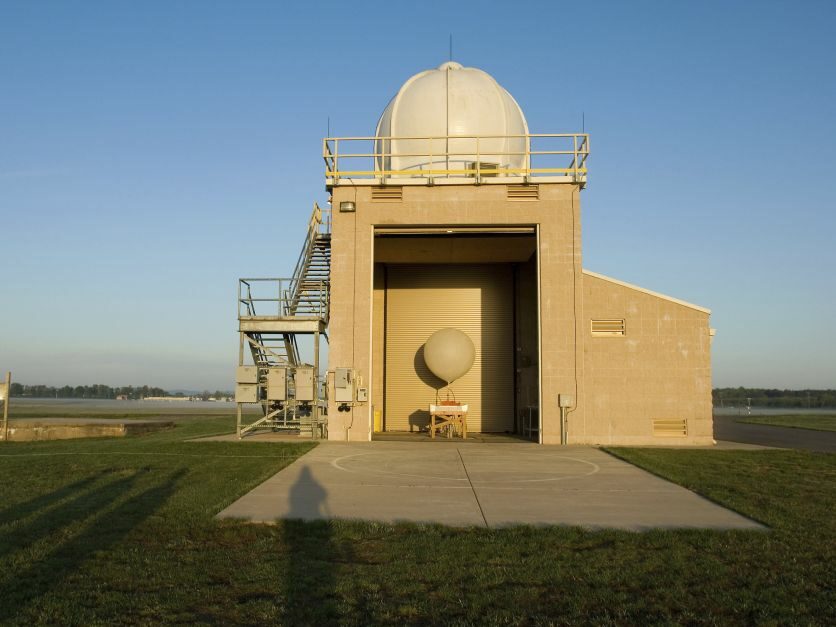Key Takeaways
- The National Weather Service (NWS) is facing significant staff shortages due to retirements, resignations, and budget cuts.
- Forecasting accuracy may decline as essential weather data collection operations, including weather balloon launches, are reduced.
- Farmers are concerned about the impact of NWS staffing cuts on reliable weather forecasts critical for agricultural planning.
Staffing and Operational Challenges at the NWS
The National Weather Service (NWS) is grappling with severe staffing shortages, which have been exacerbated by waves of retirements, resignations, and recent dismissals. These challenges stem from a series of cost-cutting measures implemented by the previous administration that have significantly reduced the agency’s workforce. Former NWS employees estimate that at least 650 of the agency’s staff of about 4,000 have left, with a further 1,000 anticipated departures.
Reports indicate that approximately 400 employees retired recently, while around 180 accepted a voluntary resignation offer. Following these departures, NWS now has fewer than 3,000 employees, which raises alarms about the agency’s capability to deliver reliable weather forecasts. Critical roles in equipment maintenance, data collection, and weather model development are compromised, according to Craig McLean, a former NOAA assistant administrator. As a result, forecasts may revert to levels of accuracy seen in the 1970s.
The dwindling workforce has compelled the NWS to cut back on essential operations, such as the launching of weather balloons—one of the most effective methods for collecting atmospheric data. Locations like Kotzebue, Alaska, and Omaha, Nebraska, have suspended these operations due to insufficient staff. Other locations face reduced launch frequencies, which seriously hinders the ability to predict severe weather events, including hurricanes and wildfire patterns. Toby Ault, an atmospheric sciences professor, emphasized the importance of weather balloons, stating they help collect invaluable data about the atmosphere that cannot be obtained otherwise.
Meteorological offices are now severely understaffed, with many operating with as few as five members in critical roles. Staffing levels need to align with the demands of weather monitoring and emergency response, traditionally requiring around 23 to 25 staff members to function effectively. Existing employees are forced to work extended hours during emergencies, raising concerns about their wellbeing and the quality of the service provided.
In addition to impacting the workforce, budget restrictions have hampered the NWS’s ability to maintain equipment and pay for essential services. Some offices face electricity bill payment issues, leading to non-functional weather radios and automated observation systems. Contractor services, critically needed for equipment maintenance, have also been affected by new approval processes for contracts over $100,000, further complicating NWS operations.
The agricultural community expresses growing concern over the reliability of NWS forecasts. Farmers depend on accurate weather data to guide critical decisions – from when to plant crops to when to harvest. Iowa farmer Rod Pierce highlighted that while NWS forecasts may not always be perfect, they provide valuable guidance for farming operations. Another farmer, Tom Giessel, emphasized the importance of NWS forecasts in planning for wildfires and weather events, asserting their critical role in sustaining farming practices and community development.
In conclusion, the staffing challenges at the NWS, driven by budget cuts and retirements, pose a serious threat to the accuracy of weather forecasting. As crucial data collection operations dwindle, both meteorological skill and agricultural reliability are at risk, highlighting an urgent need for reinvestment in this essential service.
The content above is a summary. For more details, see the source article.















